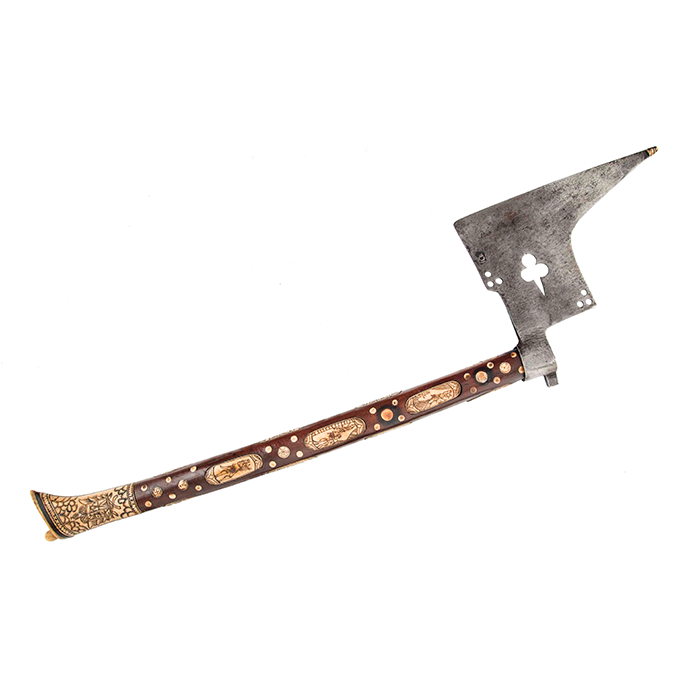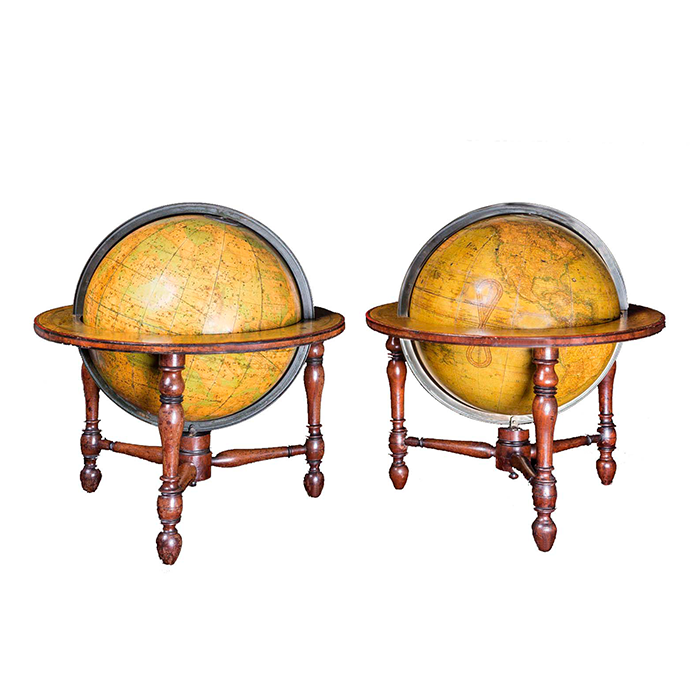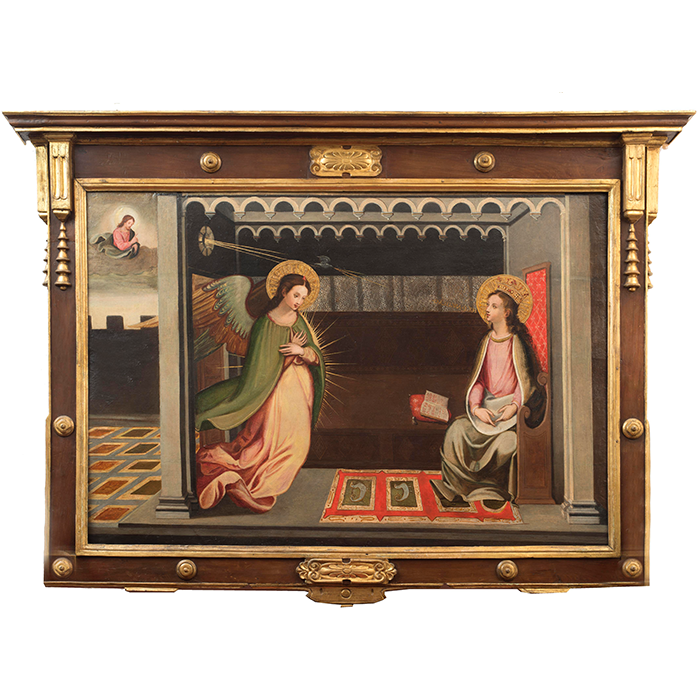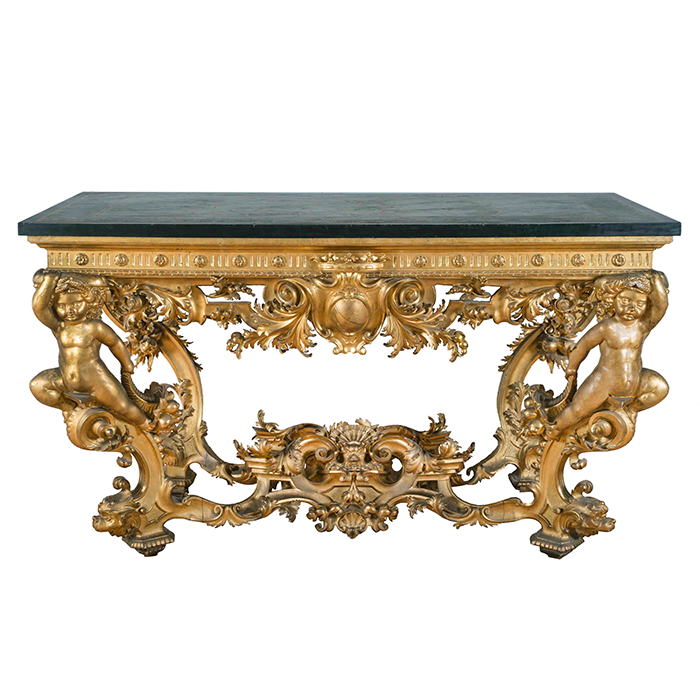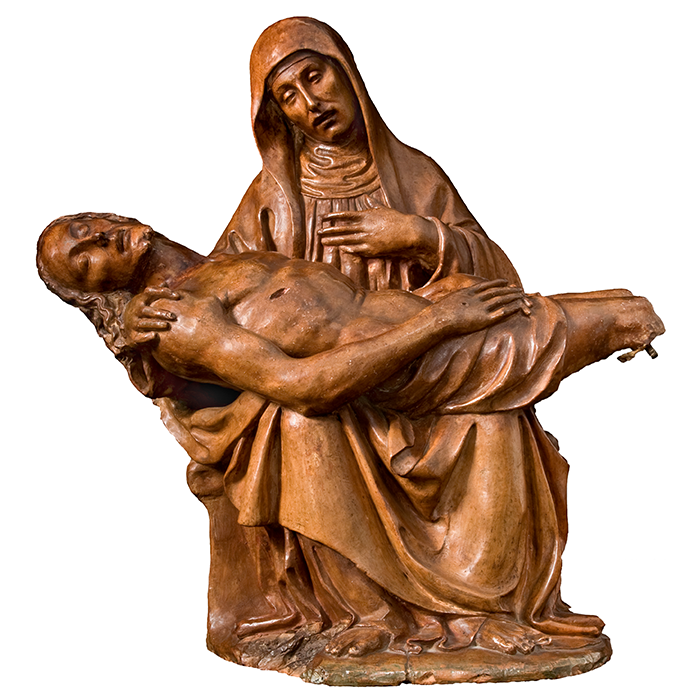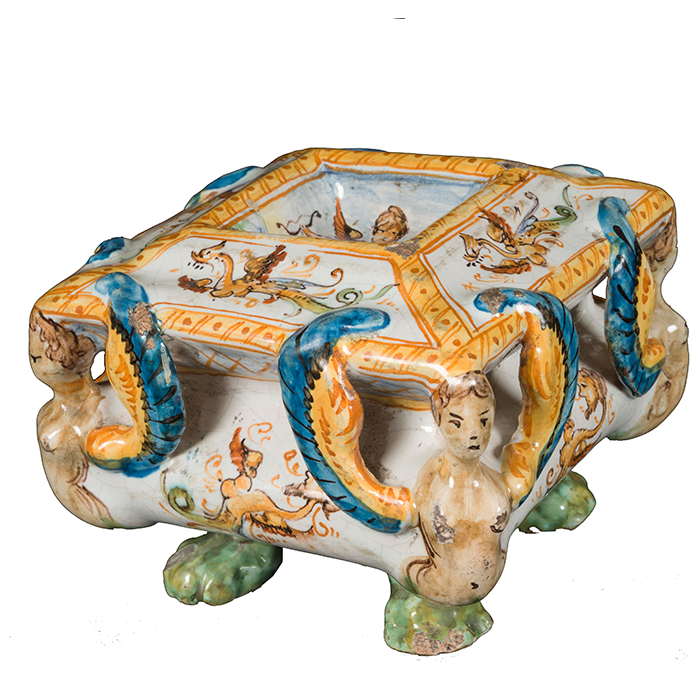Antiques
The term “antiques” refers to the collection, conservation, and trade of furniture, paintings, marble, ceramics, books, works of art, jewelry, and other antique and collectible objects. Interest in the past is often linked to antiques and collecting. In the innate antiquarian practice urging merchants, collectors, and scholars to explore new spheres of art – that do not necessarily fall within the conventional preferences for the most varied and heterodox considerations – we are witnessing a general revaluation of works and objects of the past, thanks to the support of archival sources and documents confirming, philologically, what is demonstrated by facts. Susceptible to changes in taste, fashion, and culture, antiques today cover an ever-expanding panorama of the arts, from official and acclaimed masterpieces to including functional ornamentation. During the last years of the twentieth century, antiques underwent significant transformations compared to their traditional past.
Antiquarians
An “antiquarian” is a collector and dealer of antiques. Over time, the etymological interpretation of this term has changed; while from Humanism until the second half of the 18th century, it connoted the scholar and collector of antiquity, in the 19th century, it took on the broader meaning of a merchant dedicated to the trade of manufactured products of greater or lesser artistic value. Therefore, the antique dealer’s figure has gradually taken on the physiognomy of someone who carries out buying and selling antiques and art objects with a specific sector of specialization. Furthermore, the term “antiquarian” indicates, in effect, who has studied the history of past times, giving special attention to all physical traces (objects) of the past.
We generally consider the 16th century as the birth of antiques. In the 19th century, antiques were sharing the academic disciplines of archeology and philology. In 1847, Honoré de Balzac, in Le cousin Pons, described the Parisian milieu linked to antiques and collecting, where an indispensable requisite for the art lover’s success is to possess “the legs of the deer, the time of the flaneurs and the patience of Israelite.” In this profession’s exercise, mobility and culture are indispensable – once supplemented by practice – not separated from that infallible instinct that allows us to recognize the difference between a masterpiece and a minor work.
The choice of art objects is essentially an expression of the antique dealer’s culture and taste. He uses years of experience and reputation often consolidated over several generations, and stands out as the interpreter of a trade dictated by sensitivity and intuition; at the same time, he also performs a pedagogical function towards the market and collecting, making a decisive contribution in the formation of private collections destined, at times, to join public institutions. These qualities, combined with confidentiality, allow him to identify an object, establish its origin through the support of specialists and connoisseurs, follow and coordinate its restoration by turning to experts in each subject and technique, from painting to sculpture, from bronzes to woods, from marble to semi-precious stones.
It is really an indispensable prerogative of the antiquarian to have skills in managing the restoration of an object and a work of art. These attitudes have requalified professionalism relating to antiques, dispelling those prejudices and distrust determined by commercial purposes that Anglo-Saxon culture, on the other hand, has never condemned. Numerous magazines and monographic publications dedicated to antiques are attesting now all this, together with the catalogs of exhibitions, international auctions, and the antique galleries themselves; all this with analytical files, quotations, appraisals, entrusted to art experts according to a procedure started at the end of the nineteenth century, applied mainly in Italy and Germany until the postwar period, then adopted everywhere.
Antique Shops
The “antique shop” deals with collecting and selling collectibles, antique furniture, and period paintings; it also provides consultancy for evaluating antique pieces. The most specialized antique shops also deal with restoration and provide packaging and transport services.
Antique Items
An “antique” consists of an antique collector’s item, such as a piece of furniture, a book, and the like, dating back to past eras and considered valuable for its beauty or rarity. Made unique and therefore of great value, thanks to the many particular characteristics, including age, rarity, state of conservation, and usefulness, it represents a collectible or desirable entity. Antique objects are valued as they contain a piece of human history, carry with them the charm of a bygone era, and have usually been produced with attention to detail and aesthetics. Furthermore, as representatives of a previous period of human society, they acquire a value of testimony and document of human history.
We can find some valuable pieces at antique galleries, auction services, or online through websites and computerized auctions. Antique dealers are often members of national trade associations, many of which, such as the Antiques Association of Italy, founded in 1959, themselves belong to CINOA (Confédération Internationale des Négotiants en Oeuvres d’Art) – founded in 1935 with permanent headquarters in Brussels, to promote the activity of art dealers and antique dealers. Very often, historical museums use antiques to illustrate historical events and place them in a practical context. Its attractiveness and social acceptance determine an antique object’s value, therefore by market demand, that is, by how much that object is valued and sold, by the era to which it belongs and by its integrity.
Antiques in Ancient Rome
In ancient Rome during the Hellenistic age, people already paid high sums to purchase the paintings and sculptures of the Greek masters of the classical period. During the Middle Ages, Latin and Greek manuscripts became particularly sought after, while in the Renaissance, following the creation of the first large libraries, the search for codes began. Furthermore, extensive excavations were carried out in Rome in search of the works of the past that were often exported. Until the formation of bourgeois society, antiques remained exclusively a prerogative of prominent and wealthy families, and only towards the end of the eighteenth century, the figure of the modern antique dealer was born, selling either through an auction or through his shop.
The centuries-old memory merchant-artist or merchant-collector was joined in the twentieth century, by the research of the art historian-merchant in the role of arbiter of taste or of a tendency, aimed at a deeper understanding of the aesthetics, affirming the authenticity and specific provenance of an ancient object, of an artist or re-evaluating a misunderstood style, with striking results on the final moment of resale. During the second half of the twentieth century, antiques took on more professional and advanced characteristics, with indisputable merits, such as having brought back to our country many of the works of art that were exported in the seventeenth and eighteenth centuries by those enterprising artists – intermediaries who acted on behalf of the nascent English and French private collecting. Until the 1960s, academic culture focused attention on the major arts, painting, and sculpture, to the detriment of the so-called decorative arts, defined as ‘minor.’
Antique Furniture
Among the many objects to be collected, there is antique furniture. They represent the objects that have always aroused particular interest in the antique sector thanks to their charm and furniture function that makes them adaptable to all homes. Antique furniture includes dining tables, chairs, desks, chests of drawers, etcetera. They differ in the wood used and in the styles based on the era to which they belong and their place. The most common woods used are mahogany, cherry, oak, pine, walnut, and rosewood. Elm is also a wood used in many regions. Each wood has its distinctive texture and color. There are many different styles of antique furniture depending on when and where they had been made. The style characterizing it, the craft, its rarity, and market demand, determine the furniture’s value.
Antique Paintings
Antique paintings are also very popular with antique enthusiasts: objects of artistic and cultural value that open a window on history and revive the atmosphere. In ancient times, the painting was an artisan activity, and the painter worked following the instructions of a client, who established the subject and message of the picture. Only in the eighteenth century, certain artistic freedom was left to the artists, and they could independently choose the theme and meaning of their work. Until the 15th century, the paintings were mainly made with tempera paint on wooden boards. The color pigments were blended with red or egg white to improve hold and stabilize the color variation. However, since ancient times from the fifteenth century, mainly thanks to the Flemish painters, oil painting spread out, involving powdered pigments mixed with oils.
The oil, used as amalgamate, enhanced colors, making them brighter and brighter. The advantages are that oil is an excellent binder that hardens over time in contact with oxygen, forming a resistant film that makes it easier to transport the works by rolling up the canvas. Thus, the most popular medium for painting became the canvas, which could be of fine or coarse texture. The house’s old paintings also furnish elements that make the place unique and give it style and elegance.
Antique Sculptures
Ancient sculptures are mainly made of marble, bronze, or terracotta. Antique lovers appreciate them, as they are a decorative element that gives the house elegance and charm, giving the impression of luxury and nobility. With ancient marbles, we mean sculptures, vases, statues, and other small precious objects. The most commonly used marble is white, but it is also possible to find colored marbles such as red porphyry, Caristo marble with greenish veins, yellow Siena marble, Carrara marble.
Antiques in Florence
The international antique market has assumed ever broader and more articulated proportions in its different genres and eras in recent years. Each nation prefers artistic expressions linked to its local history, even if recognized masterpieces frequently cross national borders. In Italy, creative realizations reflect the individual regions, from painting to sculpture, from furniture to furnishings, from typographic to book art. Florence, the Italian Renaissance cradle and one of the wealthiest cities in our country’s history and culture, is also one of the international antique market’s leading capitals. Rising to the forefront of the global market at the beginning of the twentieth century, Florence also experienced difficult periods that compromised its antique market in conjunction with the American crisis of 1929. Since the 1960s, the Tuscan capital has regained and consolidated its prestige, initially conforming to the other Italian squares in proposing mostly furniture and furnishings, from the Venetian and French eighteenth century, alongside paintings and sculptures of its Renaissance artistic tradition.
In the early 2000s, Florence appears to be the heir city of a vocation for antiques and collecting in the romantic aura of its medieval and Renaissance past. Collections that have now become museums of famous Anglo-Florentine antique dealers represent what said above. The city’s atmosphere takes you back in time, and savoring the artistic beauties is very easy and natural. Immersed in this city’s magic and splendor, primarily via Maggio and via dei Fossi, you can find some of the most important Italian antique galleries.
Florence also hosts the famous biennial “Antiques Market Exhibition,” which has been assigned to the city since 1959 in Palazzo Strozzi’s prestigious rooms and since 1995 in those of Palazzo Corsini role of European capital of antiques, where Italian exhibitors converge and foreigners. This Florentine event, promoted by a scientific committee and by public and private institutions- among other things, has collateral events and devolves part of the proceeds from the opening soirée to the restoration of the Bargello Museum’s sculptures – and marks a turning point in the current development of the antiques, that can no longer ignore the fundamental contribution given by the exhibitions.
Antiques Gallery Gallori Turchi
The prestigious Gallori Turchi gallery, located at numbers 12-14 18-20 red in via Maggio, comprises two points of sale, one of them specialized mainly in ancient works of art such as furniture, paintings, sculptures, tapestries, majolica, and other accessories furniture. In addition to dealing with archaeological excavations. It contains the most important and spectacular fulcrum of the whole gallery that is a collection of ancient weapons: steel arms, firearms, armors, defensive suits, and other objects related to the fascinating world of war art.
The Gallori Turchi gallery, founded in 1942, boasts a history and experience that, for three generations, has guided the acquisition of splendid masterpieces responding to the unique and particular taste of the Turchi family. The latter, thanks to the professionalism and reputation of seriousness and reliability built up over many years, stands out as one of the most important antique galleries in the international antique scene.
